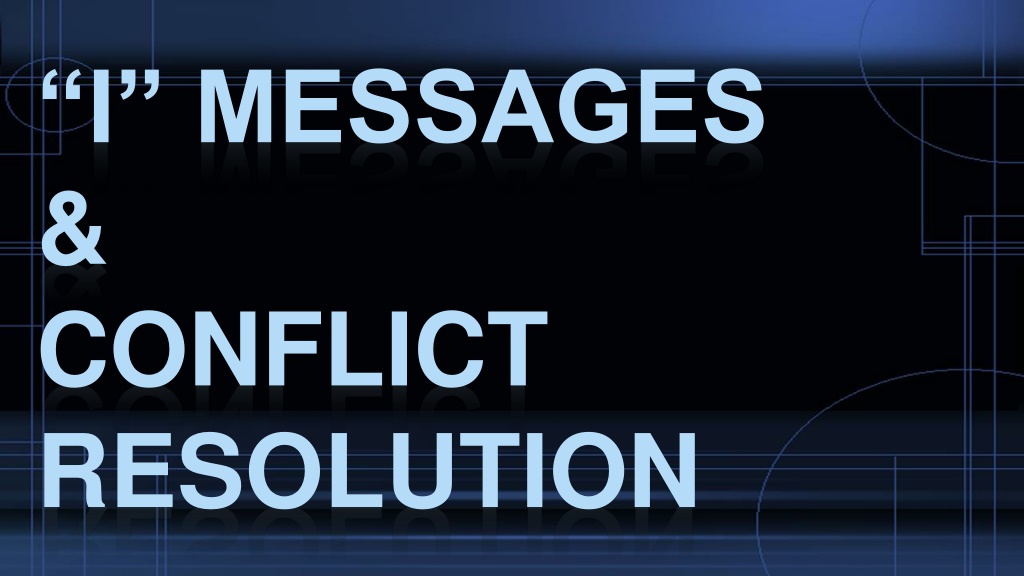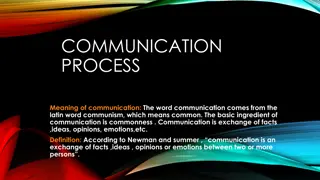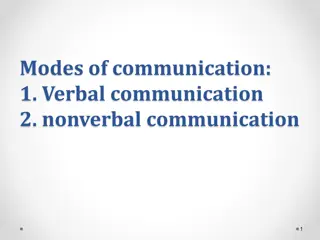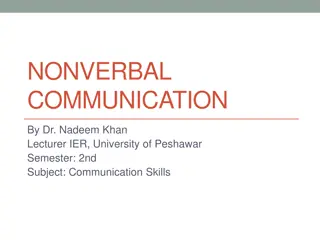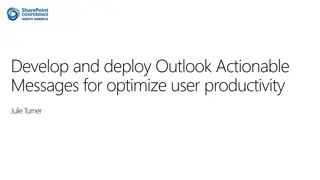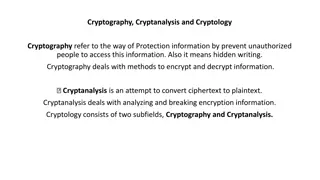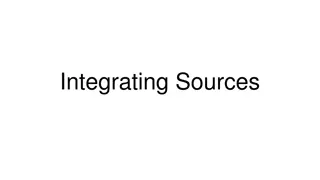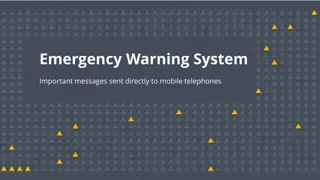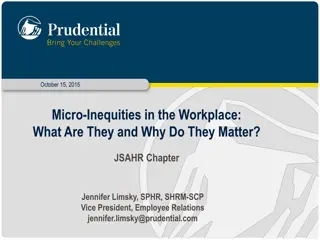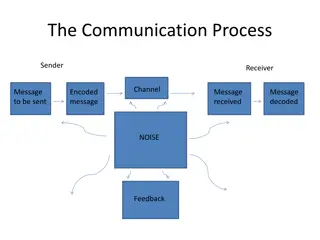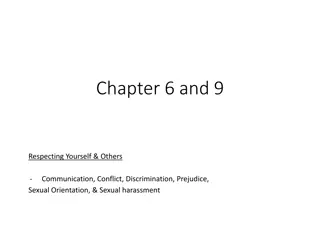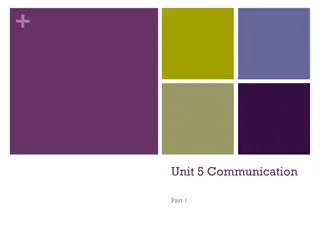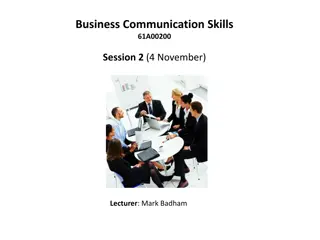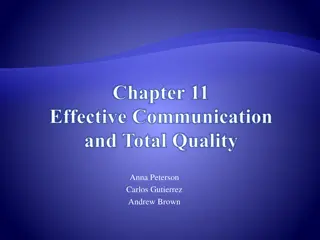Effective Communication with I Messages
I Messages are a valuable tool for expressing feelings, addressing behaviors, and resolving conflicts in a constructive manner. By following the structure of an I Message, individuals can communicate their emotions, needs, and concerns without resorting to blame or hostility. This method promotes understanding, empathy, and effective conflict resolution by fostering open and honest communication.
Download Presentation

Please find below an Image/Link to download the presentation.
The content on the website is provided AS IS for your information and personal use only. It may not be sold, licensed, or shared on other websites without obtaining consent from the author. Download presentation by click this link. If you encounter any issues during the download, it is possible that the publisher has removed the file from their server.
E N D
Presentation Transcript
I MESSAGES & CONFLICT RESOLUTION
What are I Messages? NOPE! I Messages are a helpful way of communicating how you feel and why you feel that way without losing control of your emotions. They allow you to resolve conflicts without others feeling blamed or attacked. They do take time and practice to use effectively. There are 4 parts of an I Message .
Parts of an I Message I feel... (Identify the Feeling) When you... (Describe the behavior) Because (How the behavior affects you) What I need... (Action/behavior you need instead)
Examples of I Messages I feel frustrated when you interrupt me becauseI m trying to talk. What I need is for you to listen. I feel worried when you don t call home becauseI don t know where you are. What I needis for you to call if you re going to be late.
Examples of I Messages I feel happy when you share your emotions becausethen I know how you re really feeling. What I need is for you to do that more often. I feel upset when you copy my homework because it took me a long time. What I need is for you to do your own work.
Conflict Resolution A conflict is a disagreement, argument or misunderstanding. There are 3 types of Conflict Styles or Behaviors: 1. Avoidance 2. Confrontation 3. Problem Solving
Avoidance This style tries to avoid the problem all together rather than face it. Changing the subject Giving in to avoid confrontation Avoiding the issue in hopes it will go away Communicating through the grapevine
Confrontation This style is aggressive and sometimes hostile. My way or the highway Very confrontational and competitive Used to gain power and control You Messages Can damage relationships
Problem Solving This style shows a willingness to compromise to solve the problem positively. Uses collaboration to solve the problem Win-Win Attitude Two-way communication I Messages
Positive Conflict Resolution Skills Try to stay positive and calm Be aware of your emotional triggers Use active listening skills to understand Focus on cooperation instead of winning Ask questions Use appropriate body language / non-verbal communication Use I Messages Be specific about what is bothering you
Review of Active Listening Skills Pay attention. Look at the speaker / eye contact. Stop other tasks and listen. Listen with appropriate body language. Give verbal clues that show you are listening. Don t interrupt. Don t shift your attention to your own problems. Don t let your emotions get in the way. Don t rush the conversation. Put the phone away!
